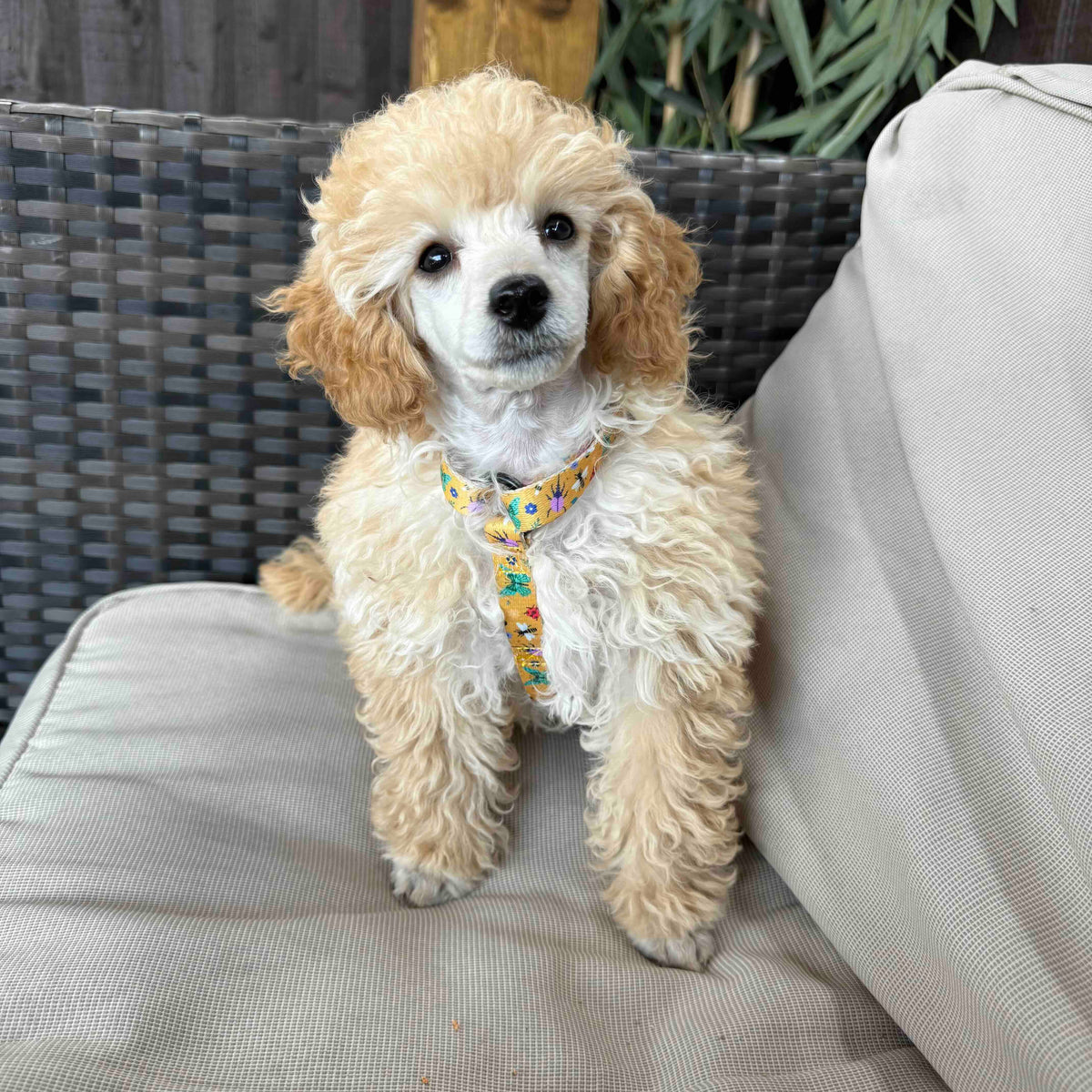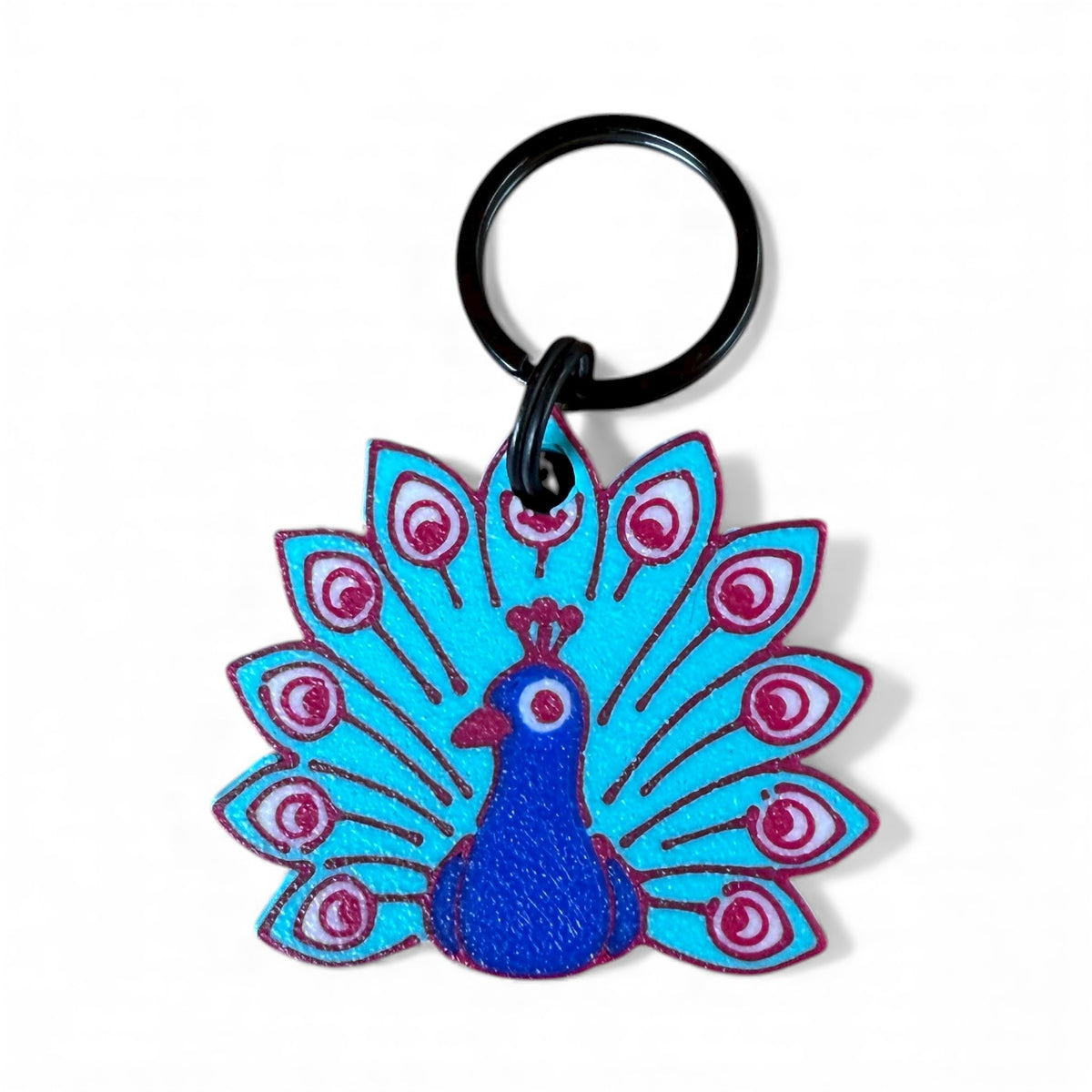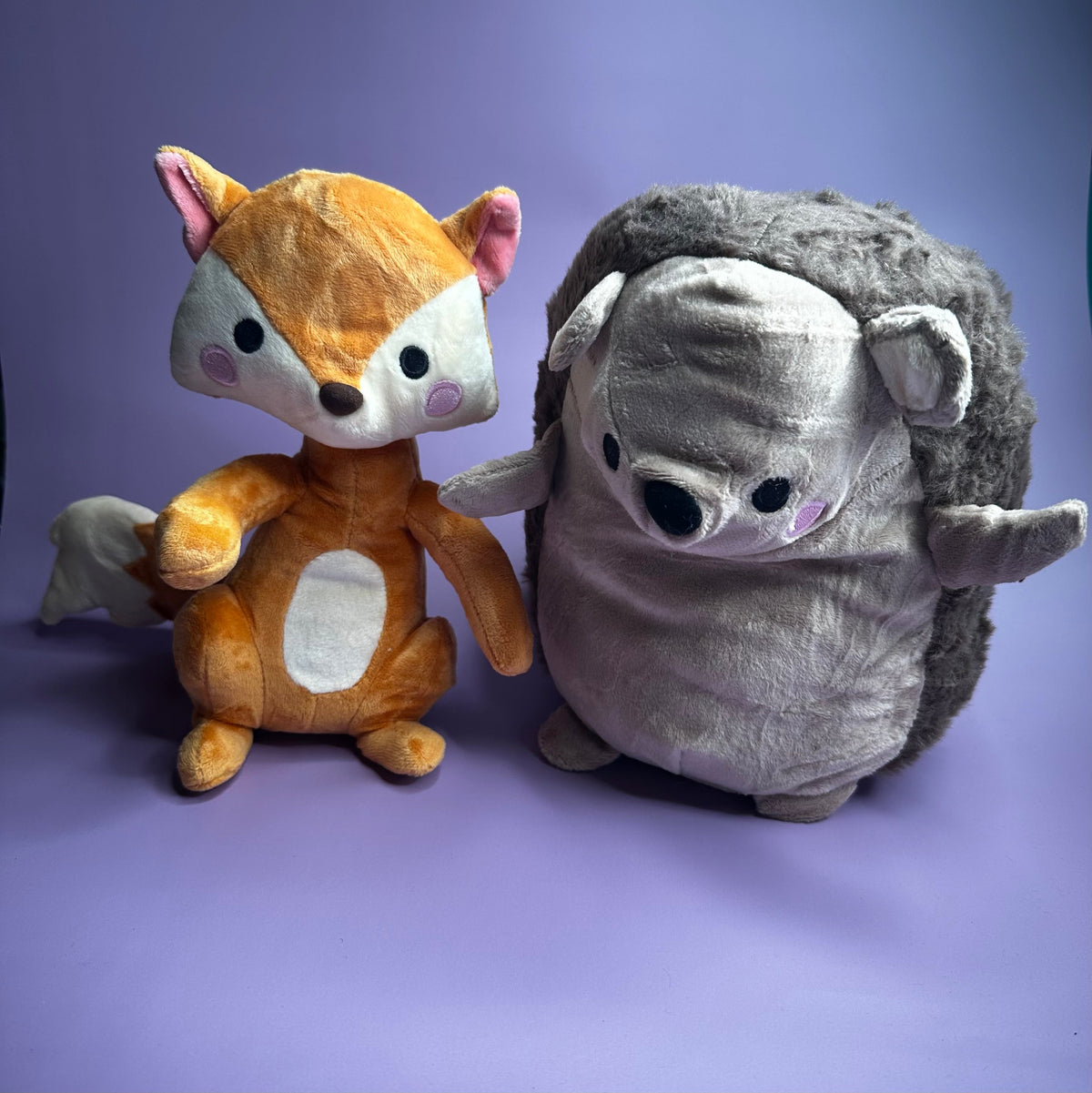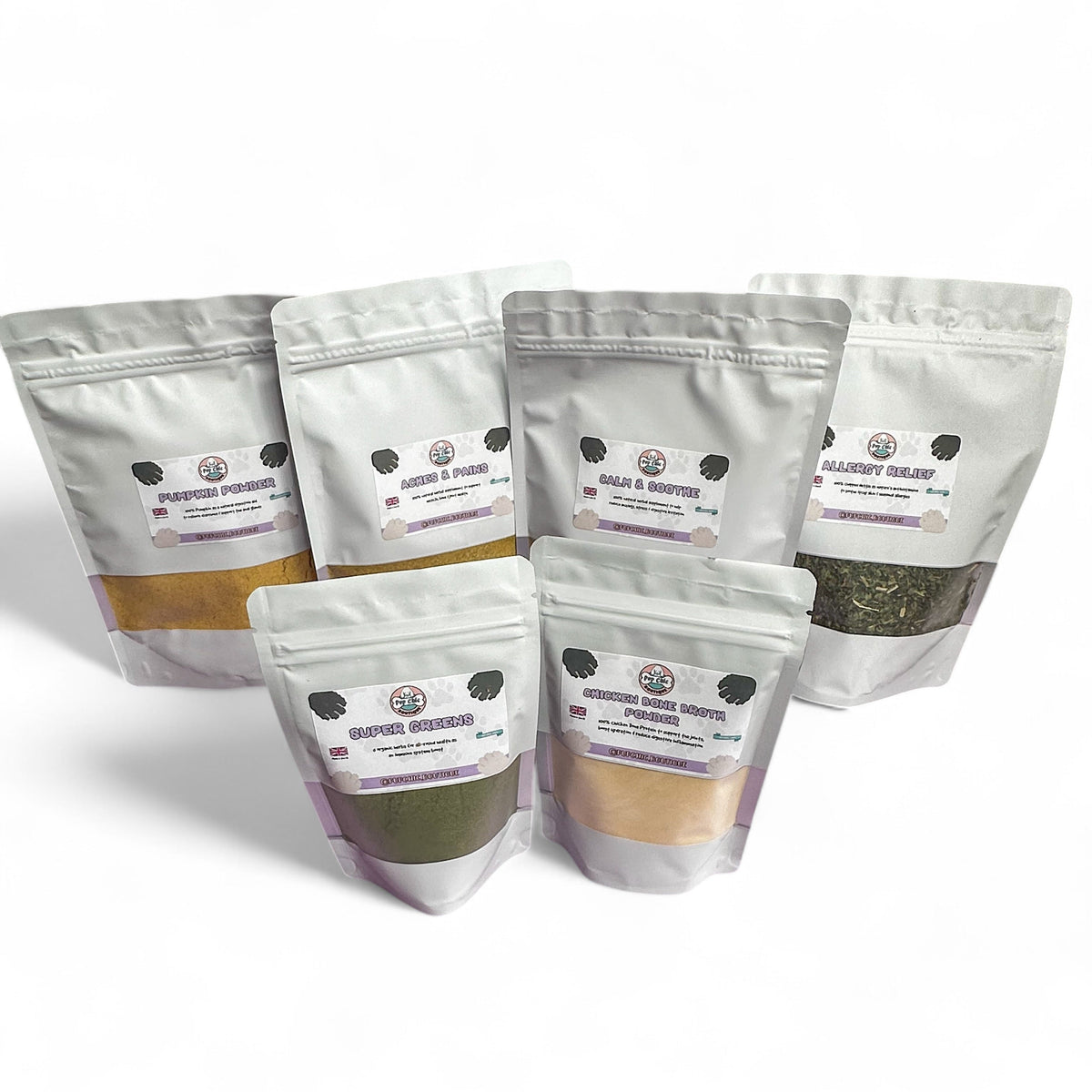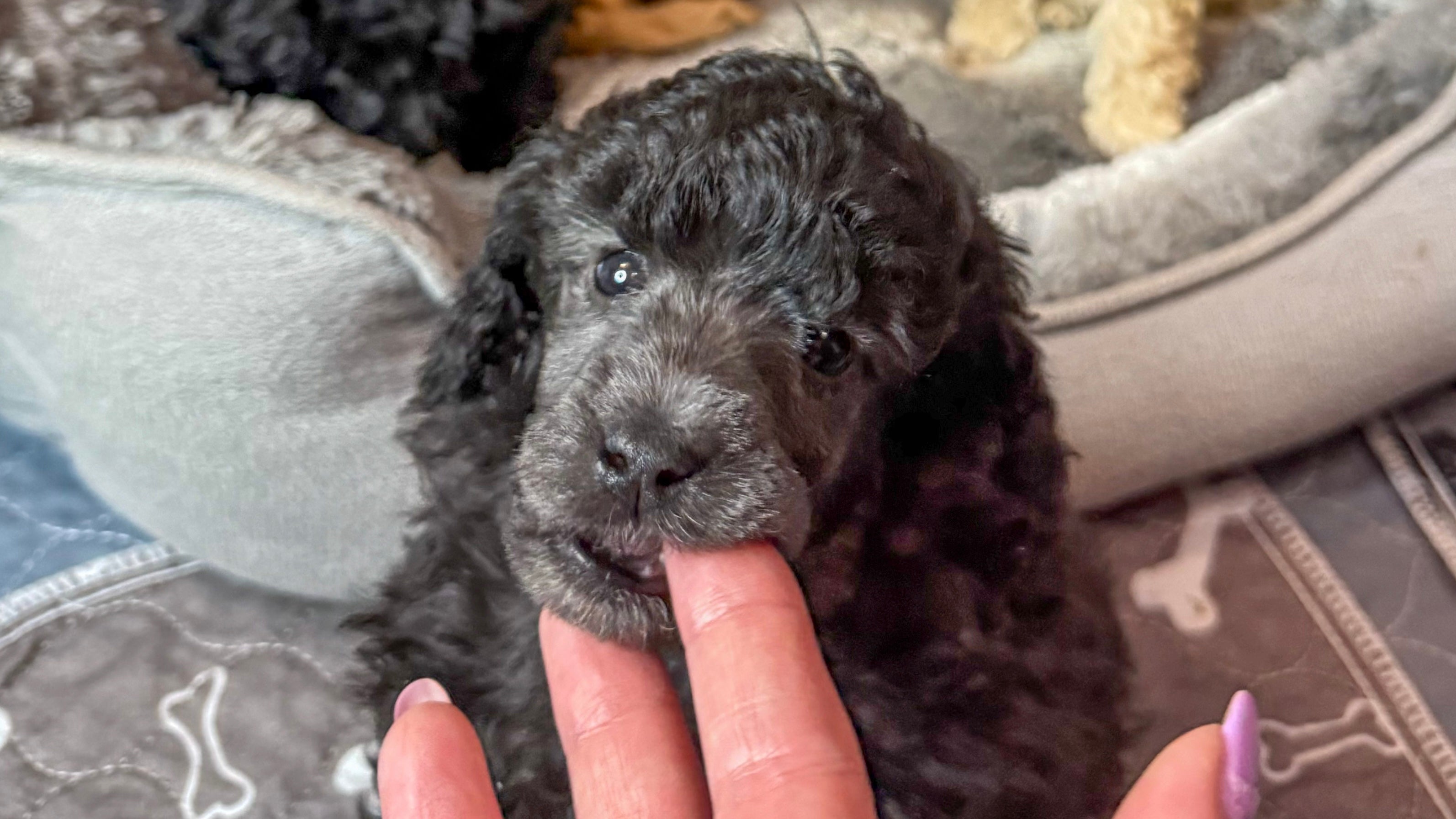Teething is one of the most challenging phases for new puppy parents. Just like human babies, puppies go through a period of sore gums, chewing everything in sight, and even acting a little out of sorts. But with the right support and a few handy tips, you can help your pup through this stage smoothly—and protect your shoes in the process!
Here’s everything you need to know about puppy teething, including timelines, symptoms, safe chew options, and how to manage unwanted chewing behaviours.
When Do Puppies Start Teething?
Puppies begin teething around 3 weeks old, but most owners only notice it once their puppy comes home at around 8 weeks. That’s when the baby teeth are already in, and the adult teeth begin to push through.
Here’s a rough timeline:
-
3–6 weeks: Baby (deciduous) teeth come in
-
8–12 weeks: Puppies typically come home with a full set of baby teeth (28 total)
-
12–16 weeks: Adult teeth begin replacing baby teeth
-
6 months: Most puppies have all 42 adult teeth
Teething Symptoms to Watch For
During the teething phase (usually between 12 and 24 weeks), your puppy may show some or all of these signs:
-
Excessive chewing
-
Drooling
-
Swollen or red gums
-
Whining or irritability
-
Eating slower or avoiding food
-
Mild bleeding from gums (especially after chewing)
-
Loose teeth falling out (sometimes swallowed!)
It’s completely normal for puppies to lose their baby teeth—don’t worry if you don’t find them all!
What to Avoid During Teething
Teething puppies will chew anything to relieve discomfort—your hands, shoes, furniture legs, you name it. But not all chew items are safe.
Avoid:
-
Hard chews that can crack their teeth (like antlers or real bones)
-
Human toys or socks (can cause choking or blockages)
-
Frozen carrots for tiny breeds (too hard and could splinter)
-
Rawhide (can be a choking hazard and hard to digest)
💡 Tip: Be mindful of grooming appointments when your puppy is teething, if your puppy is in pain with its gums and being handled by a dog groomer they could feel stressed and unsafe and even lash out at the dog groomer if they feel they are being hurt.
Best Chew Toys for Teething Puppies
Providing safe and soothing chew toys is the best way to help your puppy—and protect your belongings.
Here are some top recommendations:
-
Soft rubber toys (like a puppy-sized Kong) – great for stuffing with treats or freezing
-
Freezable teething rings – ideal for inflamed gums
-
Plush toys with different textures – gentle on sore gums
-
Teething bones made specifically for puppies (look for ones labeled safe for under 6 months)
-
Rope toys – great for supervised chewing and play
💡 Tip: Rotate toys every few days to keep things interesting for your pup.
DIY Teething Relief Tips
You don’t need to buy everything—some at-home tricks can also help:
-
Frozen damp washcloth: Tie it in a knot and freeze. The cold soothes gums, and the texture satisfies the urge to chew.
-
Chilled carrots (for medium to large breeds only): A great natural chew that’s also good for digestion.
-
Frozen banana slices: A tasty treat and gentle on gums.
How to Manage Nipping & Chewing
Teething isn’t an excuse to let your pup chew whatever they want. Training starts now!
To stop unwanted chewing:
-
Redirect to a toy immediately when they bite hands or clothes
-
Use a firm “No” or “Ouch” followed by praise when they chew appropriate items
-
Puppy-proof your home: keep shoes, cords, and valuables out of reach
-
Provide plenty of mental stimulation and gentle exercise to reduce boredom chewing
Consistency is key. Puppies don’t know what’s allowed unless you show them!
When to Worry
Teething can sometimes cause mild symptoms like fussiness, but your puppy shouldn’t be unwell. Contact your vet if you notice:
-
Swelling that doesn’t go down
-
Persistent bleeding from the gums
-
Loss of appetite for more than 24 hours
-
Baby teeth not falling out (retained teeth)
Your vet may recommend removing retained teeth to avoid future dental issues. Don't stress about this, I've had this happen to one of my dogs, other breeders and dog owners advised me to wait until she is 12 months old, but it is important to monitor if the retained teeth are causing discomfort or difficultly eating and if they are impacting the placement of the adult teeth, if this is the case you may need to have them removed before 12 months.
Puppy teething can be a tough phase, but it’s temporary—and totally manageable with the right approach. Provide safe chew toys, supervise playtime, and redirect unwanted chewing calmly. Before you know it, those adult teeth will be in, and your puppy will be past this mouthy stage.
🛍️ Shop Teething Toys at Pup Chic Boutique
Looking for cute and safe puppy teething toys? We’ve got a range of soft plush toys, puppy-safe chews, and comforting cuddly friends that are ideal for teething pups.
